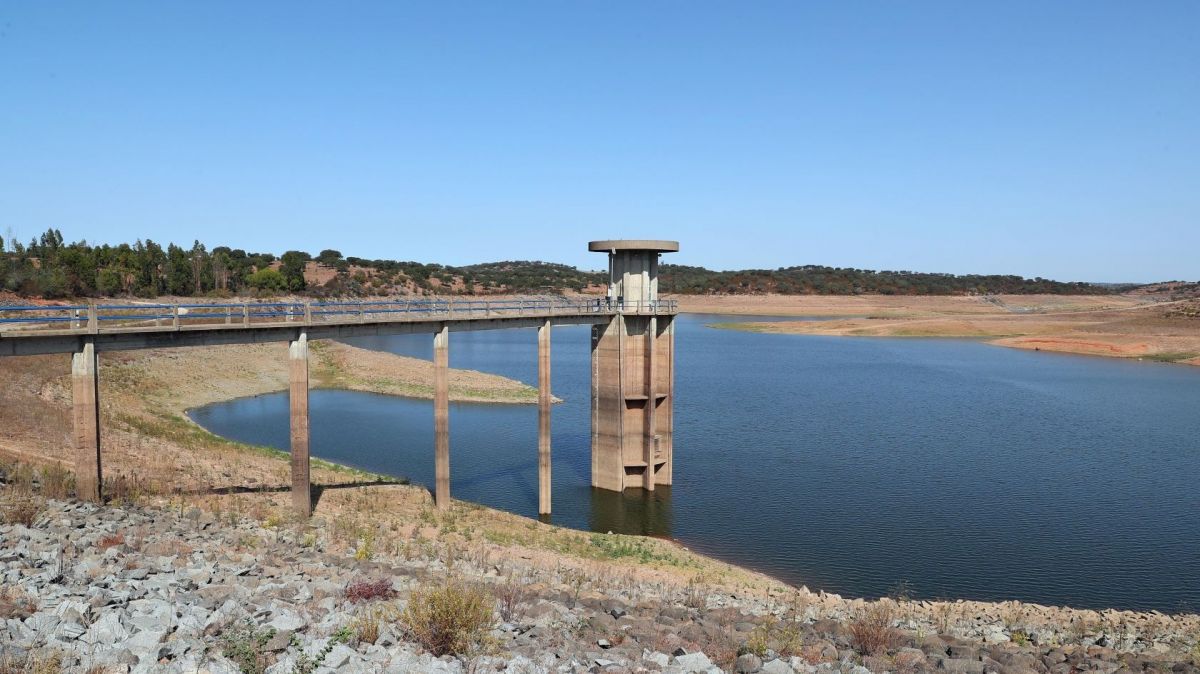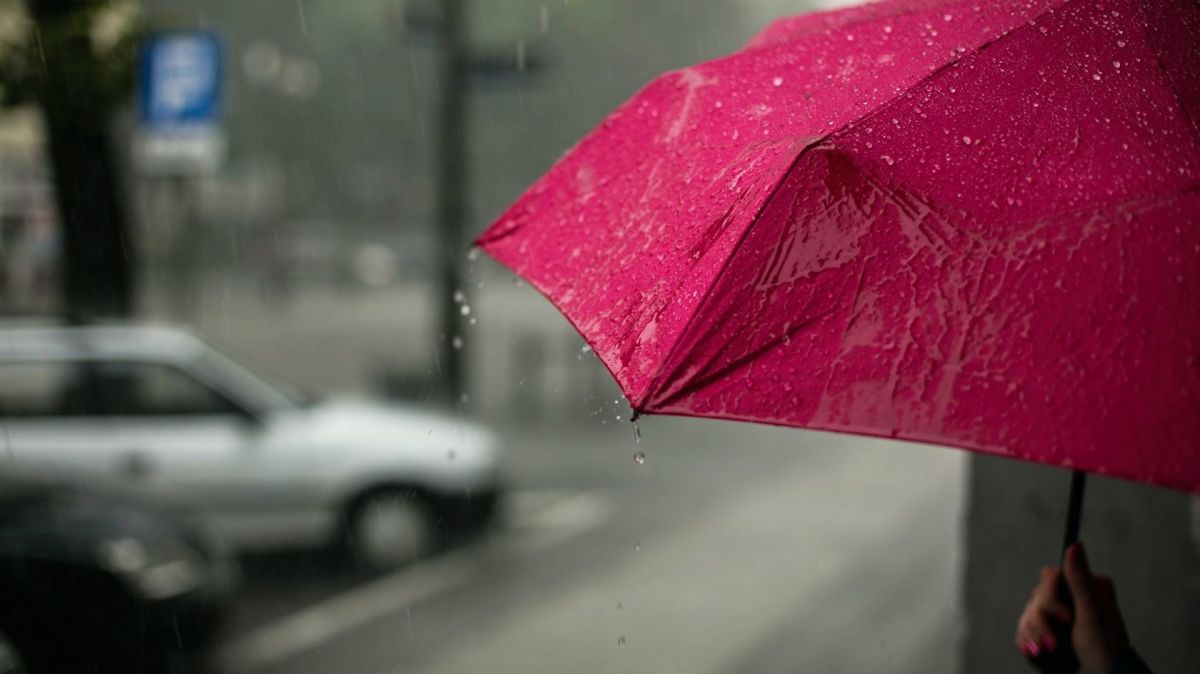“This morning, Alqueva was at around 151.50m, which means it is half a metre from its full storage level,” José Pedro Salema, president of the Alqueva Development and Infrastructure Company (EDIA), told Lusa.
According to the person responsible for the company based in Beja, level 152 is still “not the maximum level of Alqueva, as the infrastructure is prepared to support load up to level 153”.
Given this situation, and “out of prudence”, PEDIA and EDP, the concessionaire of the Alqueva hydroelectric plant, have agreed to avoid pumping water from the dam and to start using the turbine method for energy production, which “takes a lot of water” from the reservoir.
“I remember that the four reversible groups [of the hydroelectric plant] of Alqueva in turbine use 800 cubic meters (m3) per second [of water] and only when the inflows are greater than this order of magnitude is the flow capacity that the turbine allows exhausted”, explained José Pedro Salema.
At the same time, EDIA began, at 9 pm on Wednesday, discharges at the Pedrogão dam, in the district of Beja, located 23 kilometres downstream from the Alqueva dam.
In a statement, the management company indicated that these discharges “will cause a temporary increase in the flow of the Guadiana River downstream of the Pedrógão dam”, in the municipality of Vidigueira, in the “order of 280 m3/second”.
“Therefore, we alert riverside populations, fishermen, farmers and other users of the area to adopt the necessary precautions”, added the company, remembering that “the time until an increase in runoff is observed in Mértola could be more than 6pm”.
According to José Pedro Salema, this is a “perfectly normal, commonplace situation that does not pose any problems”, rejecting, for now, the possibility of water discharges from the Alqueva reservoir itself.
“I know the public would like to see it, but when this happens, the water is losing its potential energy without any benefit and it is much more interesting to pass through the turbine and generate electricity,” he explained.
But, if this is necessary, reinforced the president of EDIA, “there are many ways to take water from that reservoir that are perfectly operational”, namely three surface spillways, two half-bottom spillways and a bottom discharge.
















